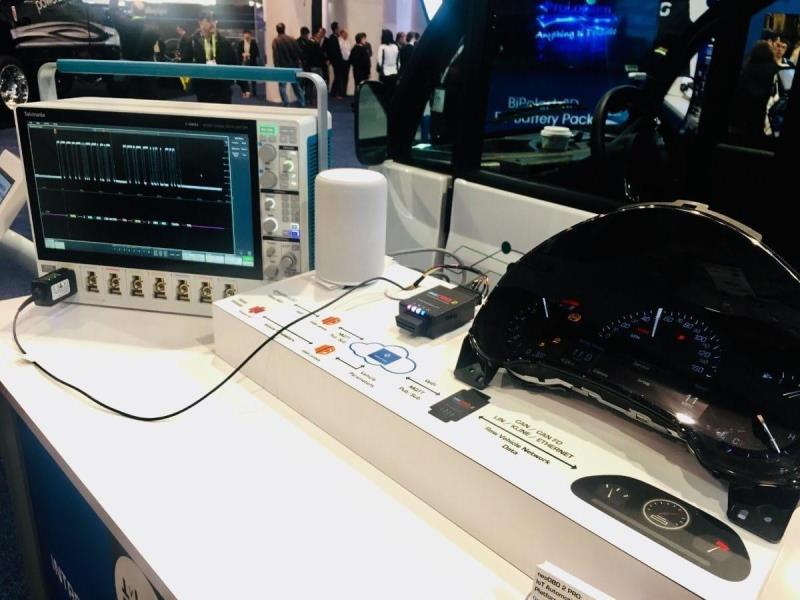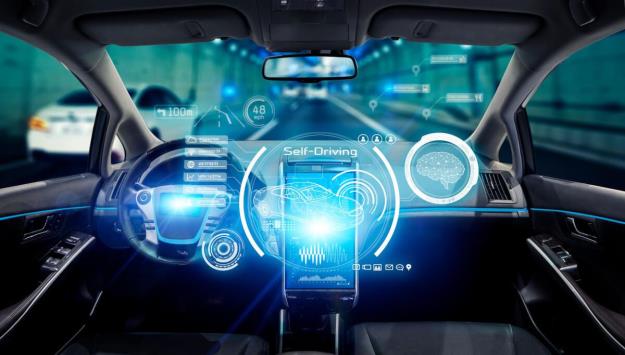

Chris Loberg, Business Operations Manager, Tektronix, also contributed to the creation of this article
Adding 5G Streaming, Mixed Reality Mapping, Vehicle to Vehicle (V2V) Gaming and In-Vehicle Retailing are just a few of the new capabilities being considered as the automotive industry moves toward a future where autonomous vehicles are roaming our freeways.
Support for these features will require highly sophisticated infotainment systems that form the heart of modern vehicles, keeping drivers and passengers informed and entertained on the road.
To prepare for this future, the automotive ecosystem—including T1/T2 suppliers, automakers, and new entrants - will be anxious to transform hardware-defined cars into software-defined autonomous transportation platforms.
What makes up an In-Vehicle Infotainment System
The infotainment system is a central monitoring and control system that manages the necessary functions for entertainment, comfort, and safety. It is essentially an in-vehicle network with a variety of interfaces; many of them conducting real-time processing. See figure 1 below for an overview.
Figure 1: IVI system components
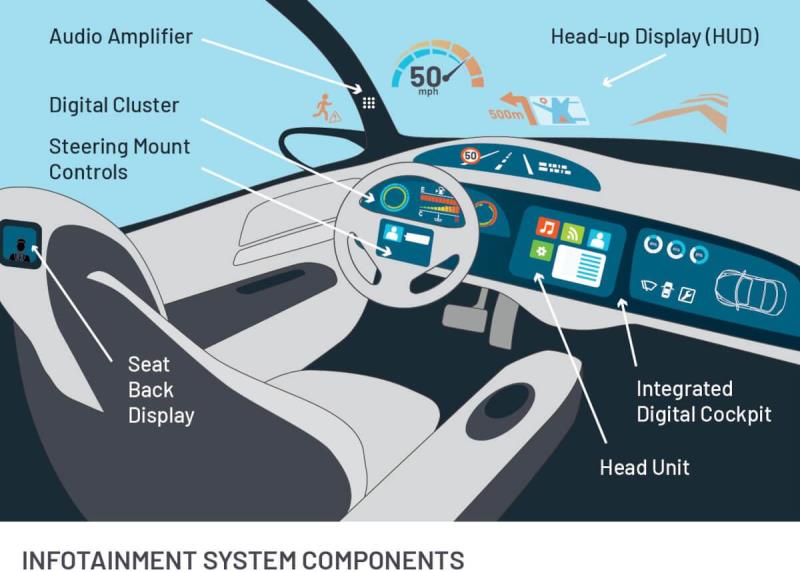
In this figure, the vehicle may contain a series of interfaces for the passenger that vary by function and manufacturer, for example:
- Entertainment and information - AM, FM and Satellite radio, CD/DVD audio/video — broadcast and via storage media, satellite reception technology, Radio Data System (RDS)
- Active noise reduction systems for a quieter cabin
- Security Systems and GPS (Global Positioning System) - navigation, telematics, security (example: LoJack)
- In-Vehicle Connectivity - with wireless devices in the vehicle (i.e. USB, Bluetooth® for audio and cell phones, and NFC or Ultra-Wide Band for fobs)
- Internet Connectivity - in-vehicle Wi-Fi hot spots, cellular connections (4G/5G)
- Safety - ADAS (Advanced Driver Assistance Systems) alerts (including video visual support, lane control, and accident avoidance) and actions.
- Visual Sensors – back-up cameras, back-up warning alerts, and dash cams, AR (Augmented Reality) Head-up display overlay
The LAN-based environment for this variety of functions will need to flex based on the feedback and control timing needed to work as needed (For example, any safety related functions like braking or steering must have much more robust fault-free real-time performance than an entertainment function like streaming music or messaging).
As a result, there are a variety of serial bus and parallel bus communication systems in an In-Vehicle Infotainment (IVI) system as shown in the block diagram in figure 2, and an example implementation in figure 3.
Figure 2: IVI block diagram
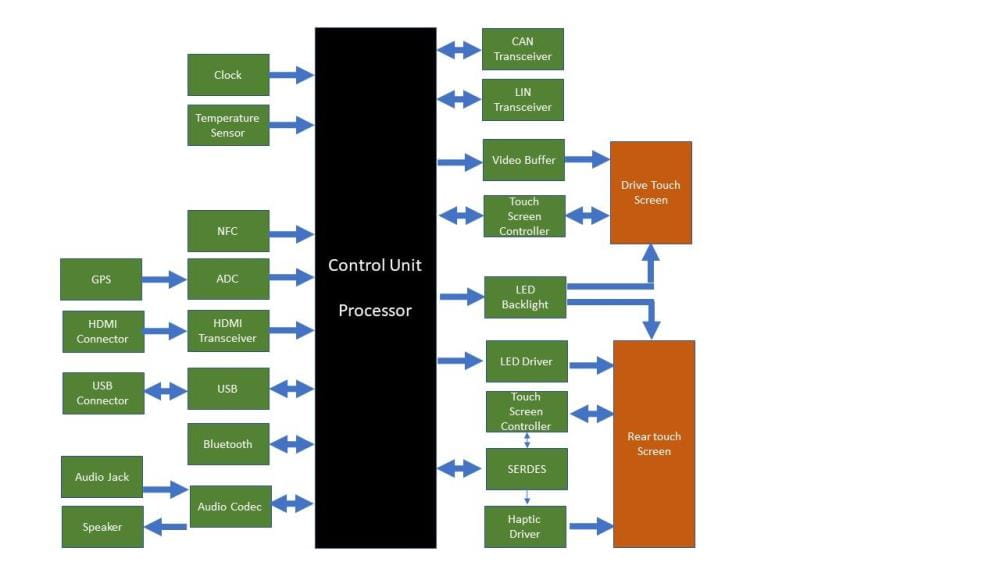
Figure 3: IVI example implementation (Source: MIPI Alliance)
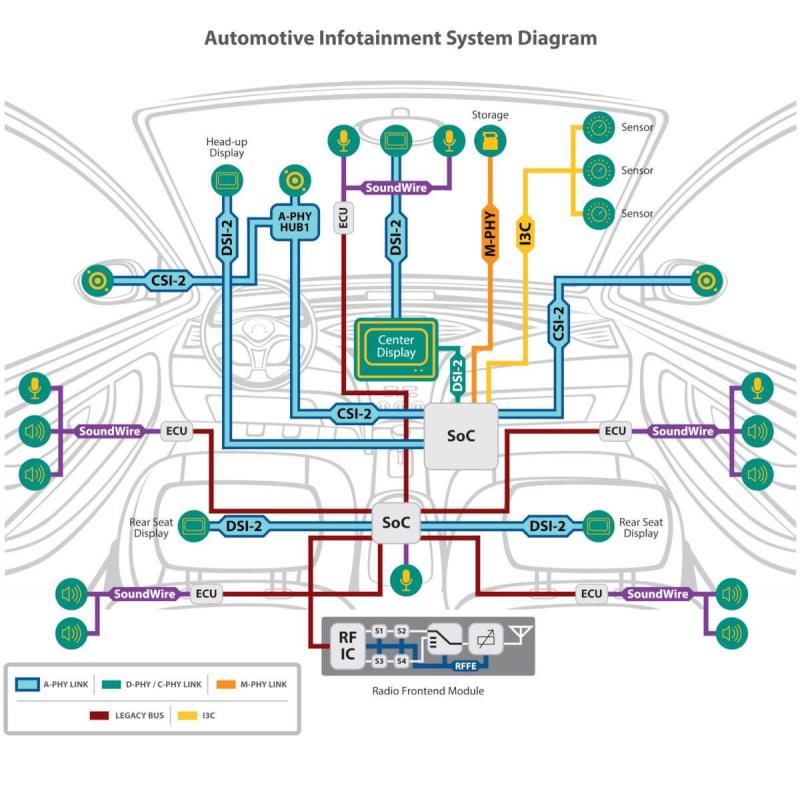
How to implement In-Vehicle Infotainment System Designs
To realize the vision of “datacenter on wheels" and unlock the value of digital chassis for all stakeholders, automotive designers will need to adopt a communications architecture that is surround by industry-supported standards such as those from IEEE, MIPI (Mobile Industry Processor Interface), USB-IF. Serial or Parallel Bus standards ensure better management of I/O functionality across the ecosystem and the ability to adopt a PHY-layer validation testing strategy to ensure compliance and robust performance in the design.
Companies like Tektronix provide a scalable, flexible, and robust test platform for verifying serial communications busses on In-Vehicle Infotainment standards. As shown in figure 4 below; Tektronix oscilloscopes have the frequency bandwidth capable of capturing precise PHY layer representation of all Automotive Serial Bus Communications. With low noise and high waveform resolution, no signaling details are missed.
If seeking validation to a specific serial bus standard, the Tektronix oscilloscope has optional software packages that confirm pass/fail performance to Automotive Ethernet, USB Type C, DisplayPort, and CAN/LIN Bus just to name a few.
Should the Infotainment system design have compliance issues; the Tektronix Oscilloscopes have access to a suite of debugging and validation tools to analyze the protocol layer performance of those serial buses that enable pinpoint views of the source of failures over time and cause of event.
For more information design and validation of In-Vehicle Infotainment Systems, please visit our In-Vehicle Networks page.
If you enjoyed reading this blog and would like to learn more about the design and test challenges of next-gen infotainment system, please review our primer on ensuring performance and conformance of In-Vehicle Networks for Next-Generation Automobiles.
Figure 4: Validation of CAN serial communications bus on an Instrument Cluster, using Tektronix 5 Series MSO
